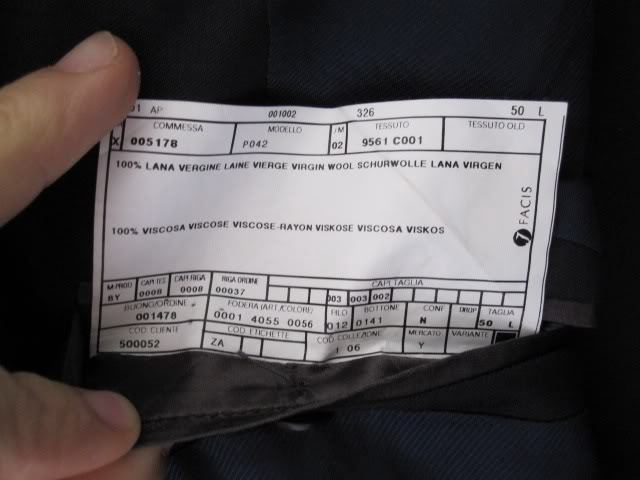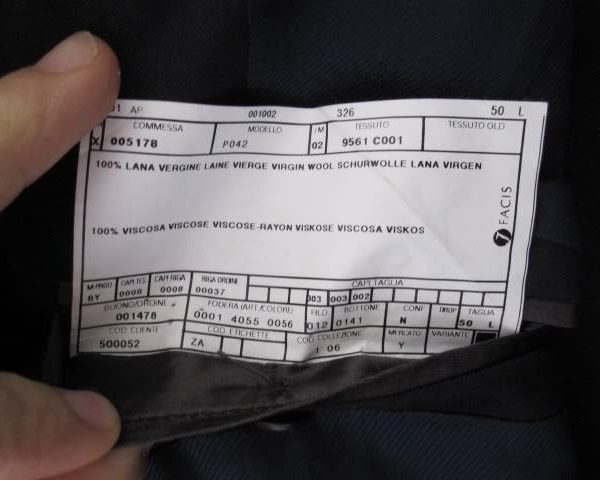
The Financial Times published an interesting article last week on a new online retailer that is taking a strong stance on transparency:
You go to “collection” and, say, you click on a coat. Under the section “material information” you will find the description of material used, its composition, weight, yarn or piece-dyed, the origin of the raw material, who spun it, who wove it, whether it is organic, if so, what certificate it has earned (and what said certificate means), and a website for the supplier – and you will find this for the fabric, the zipper, the lining, the trim, the label, the buttons, the thread and so on.
Meanwhile, under “price information”: you will find out the cost per metre of the fabric, how much was ordered, how much was used, how much labour was involved, what the mark-up was, and how the profit was used.
In other words, by the time you press “buy” you will know exactly what you are paying for.
The journalist who wrote the piece said it could be the start of a revolution. That’s a pretty liberal use of the word, but still, I think this is an important development.
One of the many problems in the fashion industry, I think, is that any and all potentially meaningful words quickly get abused through marketing. Not that this is exclusive to fashion, but since this is a site about clothing, we start here.
“Handmade” can mean anything from an artisan working with just a needle and thread to someone feeding something through a machine. “Made in Italy” has become mostly a marketing term since complex production chains and WTO Rules of Origin allow things to be made in China, sent to Italy for minor finishing, and then sold with the tag “Made in Italy.” Cashmere used to mean something was made with a high-quality, soft, strong and insulating wool, but is now used to market things even lower-end than your good cottons. “Heritage brand” could have meant something, but now there are companies started by men younger than me, and they call their brands “heritage companies."
Of course, it’s not a given that transparent labeling will translate to better purchasing decisions. But as nutrition labels have helped a small segment of health conscious Americans make better decisions, I’d like to think better labels on clothing will do the same. Break down the production chain, tell us where each part of the production process was done, where things are sourced, and how much each step cost, and you would get a much less cynical consumer base.








